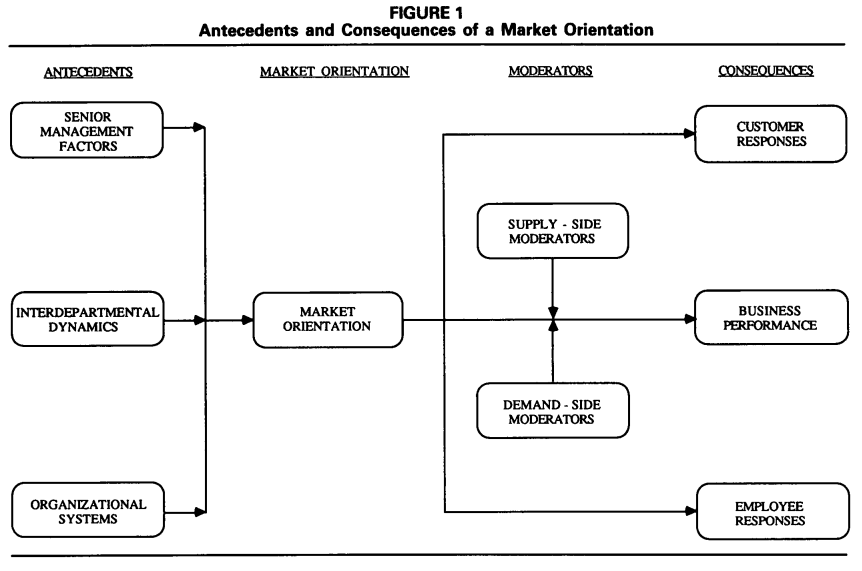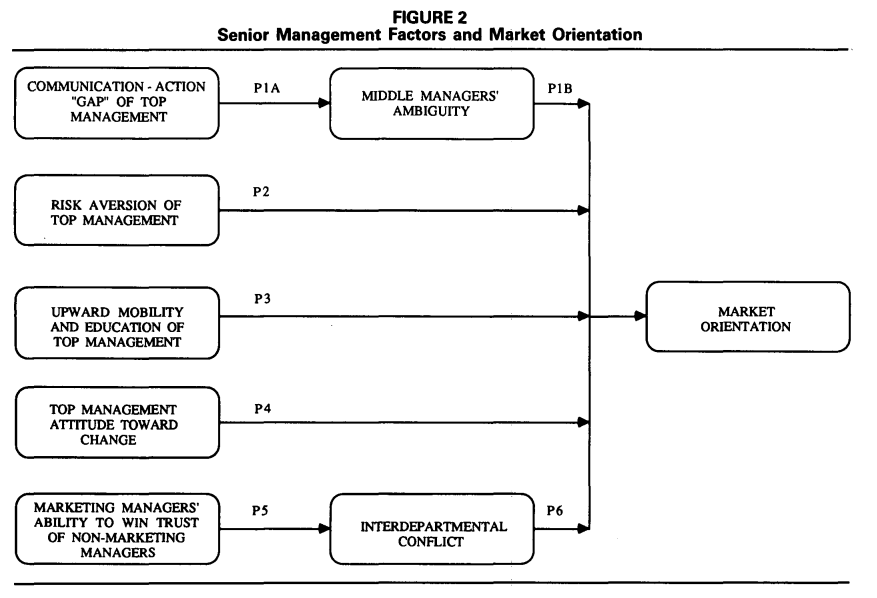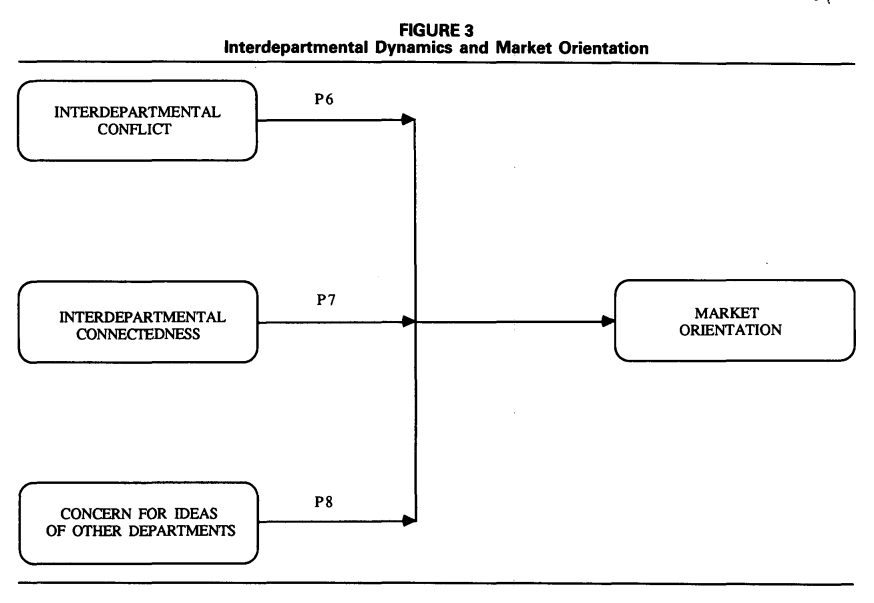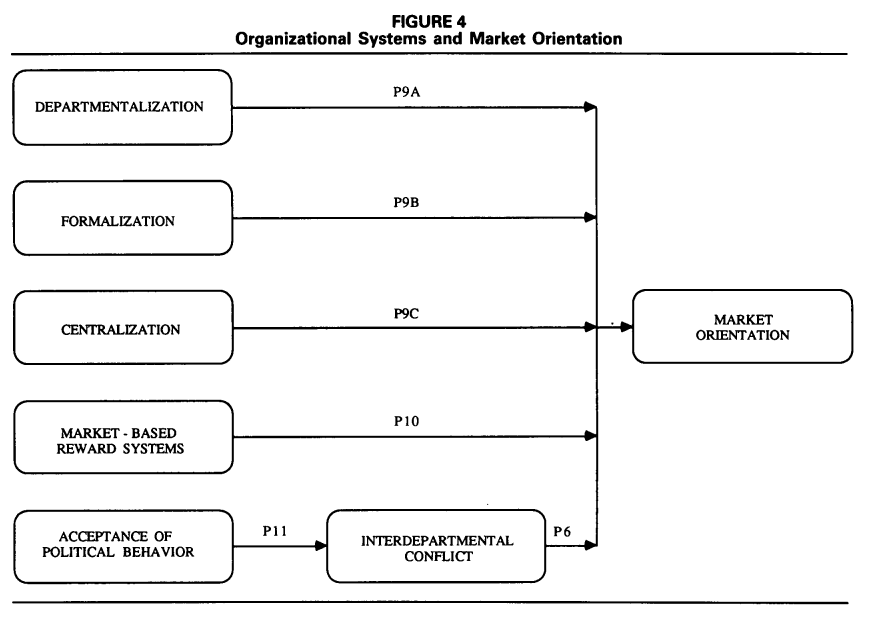38.1 Intro
Marketing strategy = central construct of strategic marketing, where strategic marketing = the general field of study
Marketing strategy is “an organization’s integrated pattern of decisions that specify its crucial choices concerning products, markets, marketing activities and marketing resources in the creation, communication and/or delivery of products that offer value to customers in exchanges with the organization and thereby enables the organization to achieve specific objectives.” (Varadarajan 2010, p. 119)
marketing strategy “encompasses the”what” strategy decisions and actions and “how” strategy-making and realization processes concerning a firm’s desired goals.” (p. 7)
Methods:
Contributions
- In the past 19 years, marketing strategy as a field focuses on marketing tactics, resources, capabilities
- 4 sub-domains under marketing strategy
formulation-content: figuring out what to do + strategy decisions: studies goals that a marketing strategy is designed to deliver and the major broad strategic decisions related to how these are to be achieved.
formulation-process: figuring out what to do + strategy making and strategy realization: studies the mechanism used to develop marketing strategy goals and pick the broad strategic means (i.e., market target, required value proposition, desired positioning, timing).
implementation-content: doing it + strategy decisions: studies the detailed integrated marketing program tactics decisions, actions, and resource deployments.
implementation-process: doing it + strategy making and strategy realization: studies “the mechanism used to identify, select, and realize integrated marketing program tactics designed to deliver marketing strategy content decisions.”
Insights:
Most studies focused on individual marketing mix (i.e., individual tactics), not marketing strategies and integrated marketing programs.
Half of the studies are logic or data-driven. Hence, lack of theory.
Papers typically use multiple theories, instead of a single theory.
Qualitative method is rare and trending to 0.
What is Theories-in-use?
A TIU is “a person’s mental model of how things work in a particular context.” (Argyris and Schon 1974)
individual’s TIU is a set of “if-then” relationships among actions and outcomes. (Zaltman, LeMasters, and Heffring 1982)
Espoused theories are “the mental models individuals claim or purport to have.” It’s different from TIU in the sense that individuals might have TIU, but they can’t articulate it.
TIU is grounded in both the researcher and the interviewees’ mindsets.
When TIU approach is appropriate?
To construct organic marketing theories
To extend extant perspectives and address ambiguities
To guide empirical efforts
Implementing a TIU approach
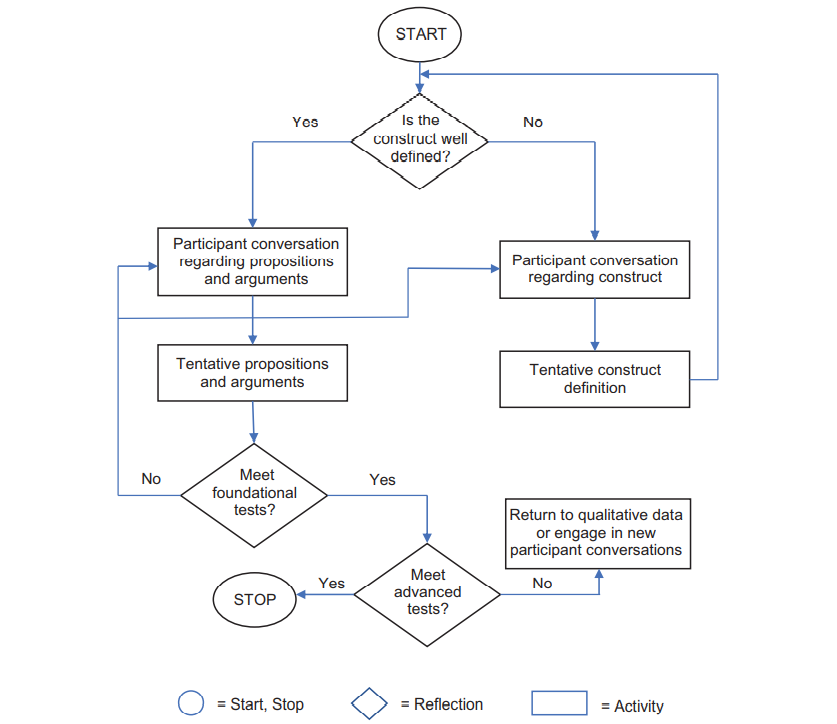
Intro
- Most cited papers in marketing typically use the TIU approach. However, marketing as a field usually borrow theory from other disciplines such as econ or psych.
Questions:
- What is the different between grounded theory and TIU? Is it that TIU just a special case of grounded theory, while there are other approaches such as case study and ethnography?
Advanced Guidelines:
Construct development - Abstraction:
Identify elements that are part of a a broader, more abstract element
Identify elements that likely co-occur (or covary)
Identify elements that are neither subset of one of the elements nor do they necessarily co-occur.
Proposition development:
- Axial coding: linking two or more concepts
Argument development
Pull it all together: choose a parsimonious set of proposition - selective coding.
TIU Tradecraft
Extensive Iteration
Active Listening
Brief Suspension
Depth over Breadth
Openness to New Issues
Conflict Appreciation
Mosaic Filling
Bias Recognition
Demarcation of TIU Study Limits
Crafting Research papers
Evaluate rigor in TIU research:
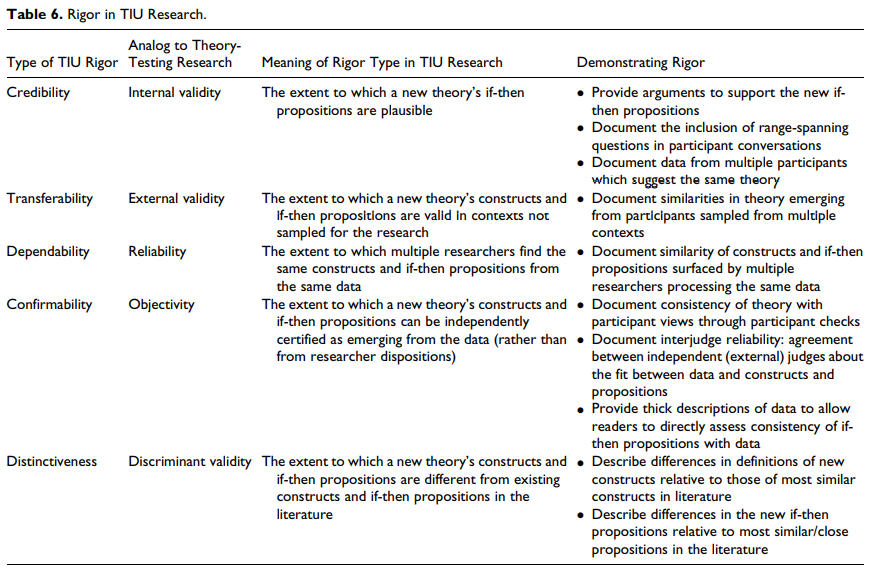
TIU limitation:
not suited for theory testing
Participants’ lack of knowledge (but can still have espouse theories)
Future research
Meta domains:
An underlying assumption that may be reexamined
Conflicting firm and customer viewpoints
Conflict among key stakeholders
Possible content domains:
Role of marketing in the firm
Digital transformation of the firm
consumer privacy
Health care policy
Government involvement and regulation
TIU method:
Optimal sample size
Eliciting causal connection
Alternative probing techniques
Marketing excellence is “a superior ability to perform essential customer-facing activities that improve customer, financial, stock market, and societal outcomes.” (p. 6)
- superior ability to perform the 7As
4 elements of marketing organization (MARORG)
Capabilities: “complex bundles of firm-level skills and knowledge that carry out marketing tasks and firm adaptation to marketplace changes.” (p. 6)
Configuration: the organizational structures, metrics, and incentives/control systems that shape marketing activities.” (p. 6)
Human capital: “creates, implement,s and evaluates a firm’s strategy.” (p. 6)
Culture: “guides thinking and actions throughout the firm.” (p. 6). Forms of organizational culture:
Culture as the pattern of shared values and beliefs
Culture as behaviors
Culture presented by cultural artifacts (e.g., stories, rituals).
4 elements are mobilized through 7 marketing activities:
anticipating marketplace changes
adapting the firm to such changes
aligning processes, structures, and people
activating efficient and effective individual and organizational behaviors
creating accountability for marketing performance
attracting important financial, human and other resources
engaging in asset management that develops and deploys marketing assets
Market orientation “is the implementation of the marketing concept” (p. 1)
Market orientation is “the organizationwide generation of market intelligence pertaining to current and future customer needs, dissemination of the intelligence across departments, and responsiveness to it.” (p. 6)
Core themes / pillars of the marketing concept
Custoemr focus: Market intelligence is a broad concept that includes
exogenous market factors that affect customer needs and preferences
current and future needs of customers
Coordinated marketing: one or more departments engaging in activities geared towards developing an understanding across departments
Profitability: is a consequence of a market orientation rather than a part of it
Marketing orientation < market orientation (less politically charged and focus on market).
